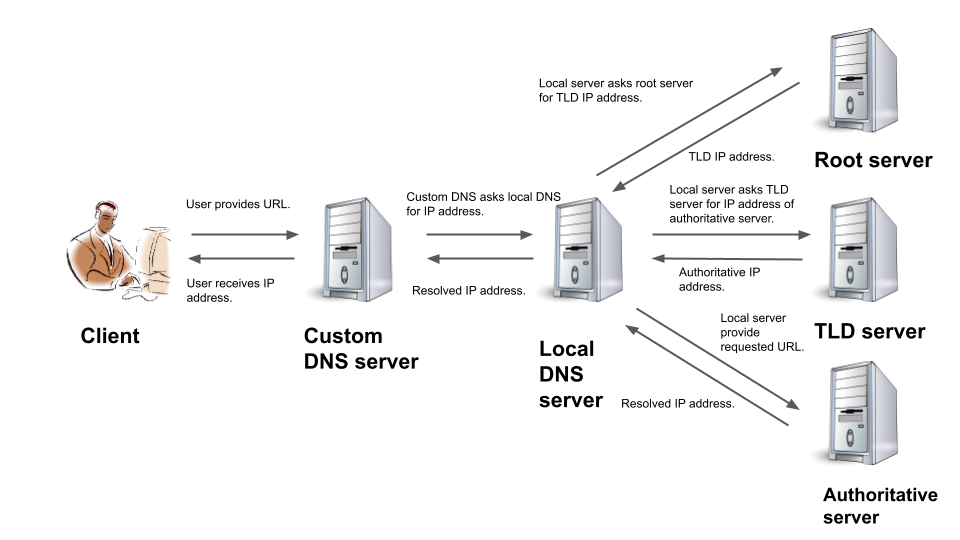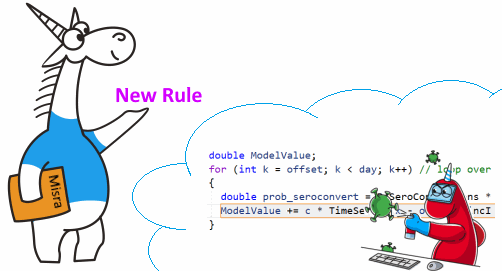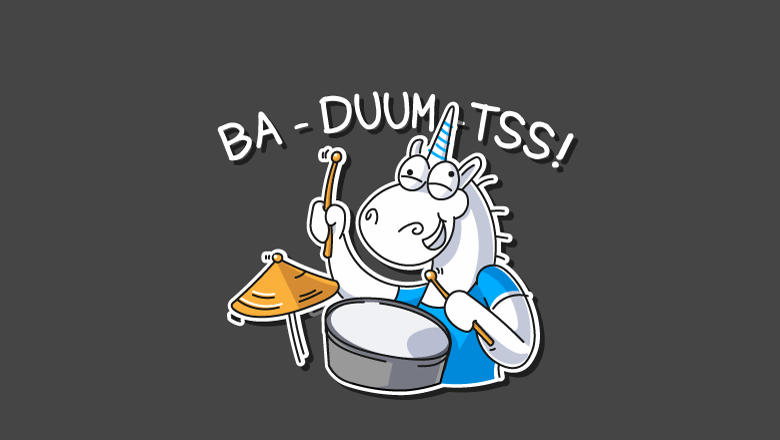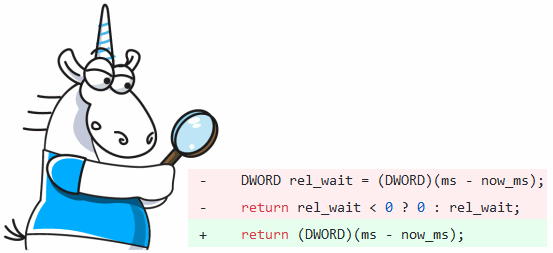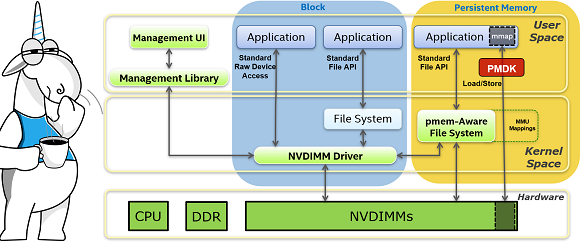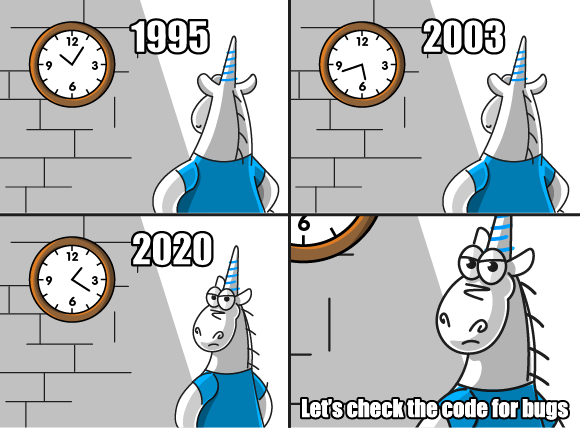Static analysis protects your code from time bombs

Static code analysis allows you to identify and eliminate many defects at an early stage. Moreover, it's possible to detect dormant errors that don't show themselves when they appear. They can cause many problems in the future and it requires many hours of debugging to detect them. Let's look at an example of such a dormant error.



